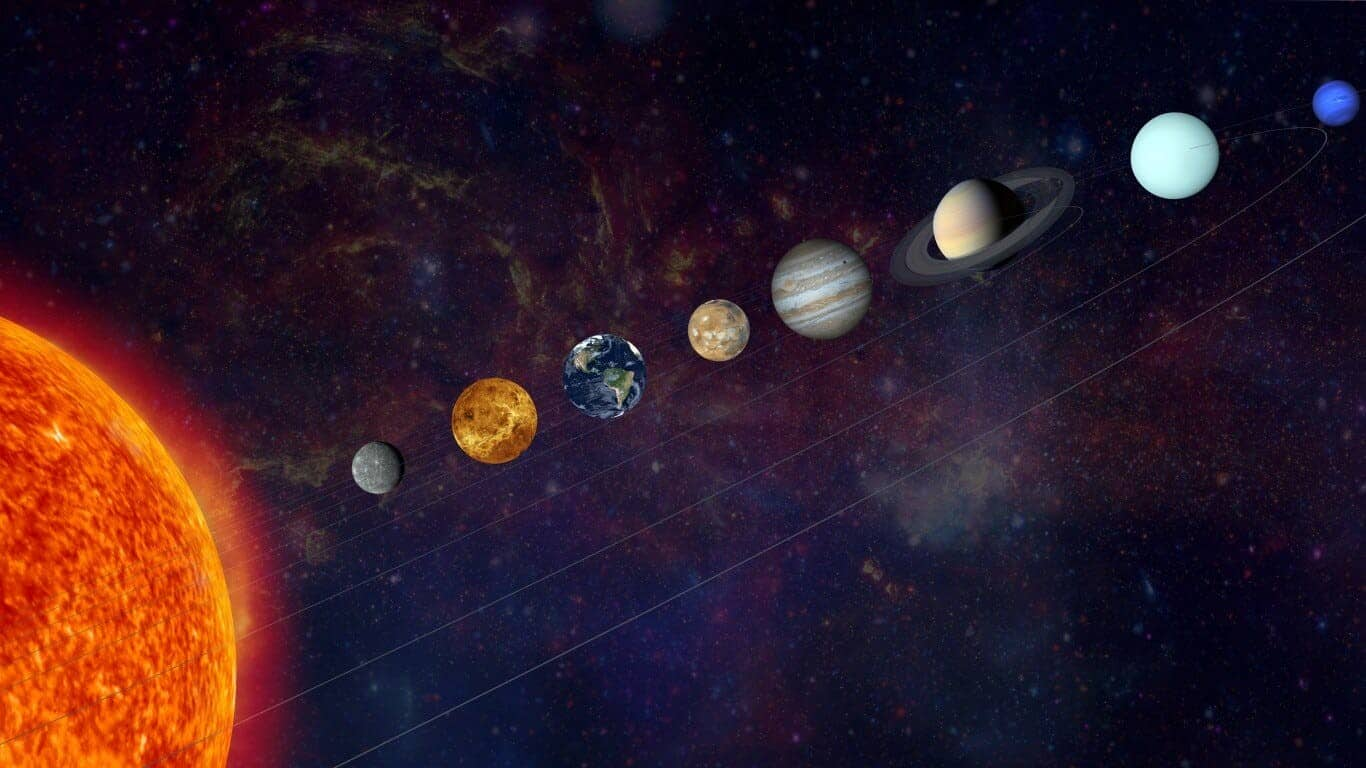
'Planet parade' in January: Venus, Saturn, Jupiter, Mars to align
What's the story
The new year is about to kick-start with a spectacular celestial event. In the coming weeks, four planets - Venus, Saturn, Jupiter, and Mars - will be clearly visible shortly after sunset.
This unique configuration provides an exceptional opportunity to see multiple planets at once - a phenomenon not seen every year.
The upcoming planetary alignment is often informally dubbed as a "planet parade."
Planetary proximity
Venus and Saturn to align closely in mid-January
Venus and Saturn will appear in close conjunction, reaching their closest alignment on January 17 and 18.
Throughout December 2024, Mars has been steadily brightening as it approaches opposition, which will occur on January 15-16.
During this time, Mars will shine brightly at a magnitude of -1.4 in the constellation Gemini, making it easily visible to the naked eye.
Celestial dominance
Mars to dominate night sky during opposition
The Red Planet will rise in the east at sunset and set in the west at sunrise, dominating the night sky.
Along with Mars, Jupiter will be high overhead, while Venus and Saturn will be located in the southwest.
This unique configuration makes for an exceptional opportunity to see multiple planets at once—a phenomenon not commonly observed every year.
Telescopic view
Uranus and Neptune also present but require telescopes
While Uranus and Neptune are also visible in the night sky, they can only be viewed through a telescope.
The sight of four bright planets together is sure to mesmerize both amateur astronomers and casual observers.
As Mars hits its opposition on January 15-16, it will be brightest and closest to Earth since 2022. This not only improves visibility but also makes it an ideal time for potential spacecraft missions to the Red Planet.